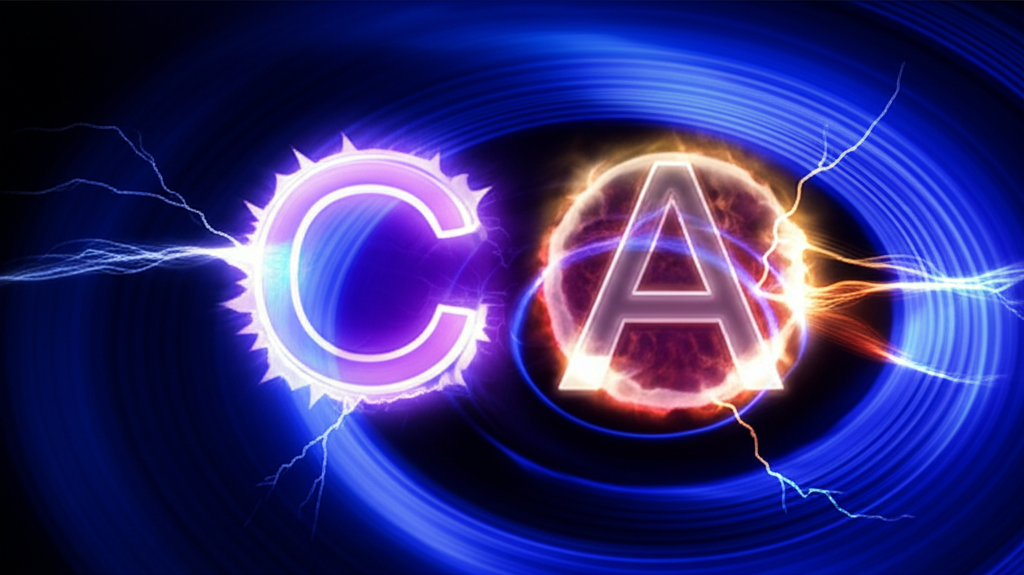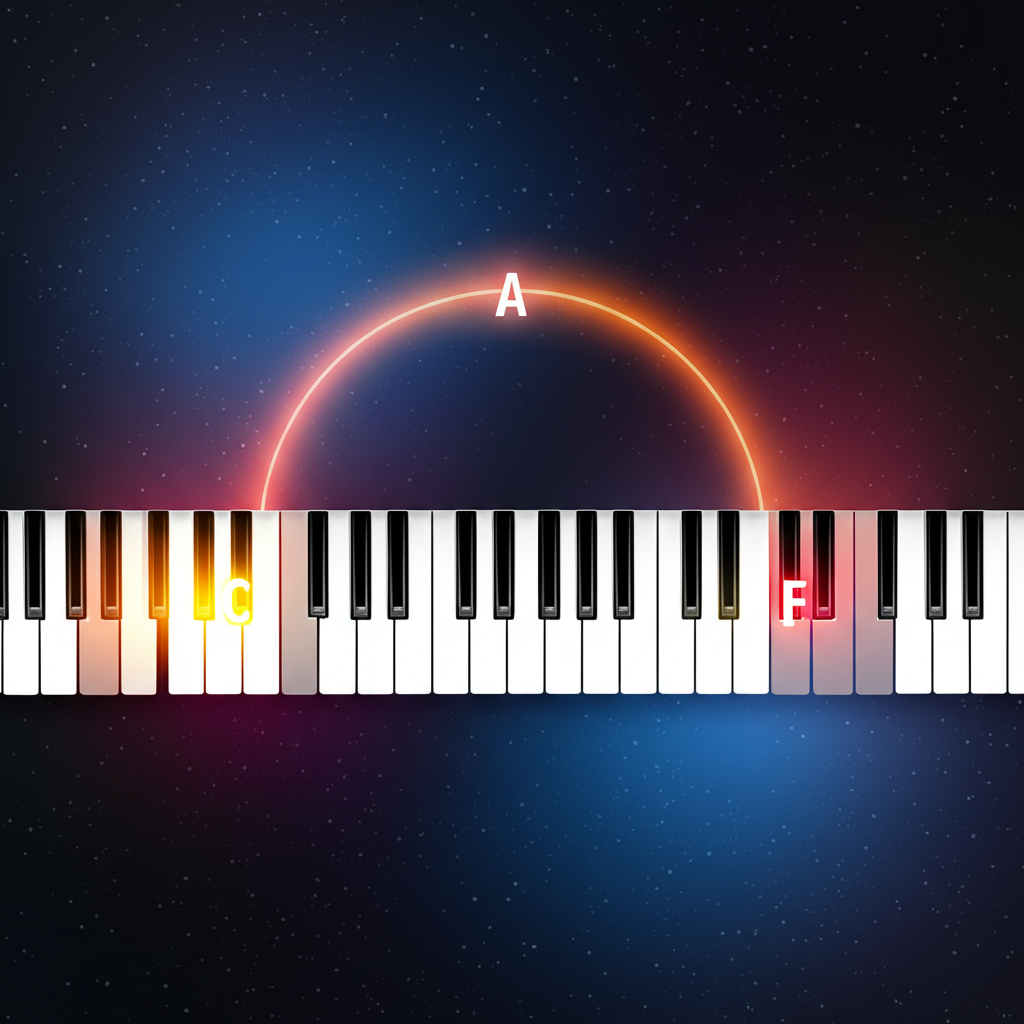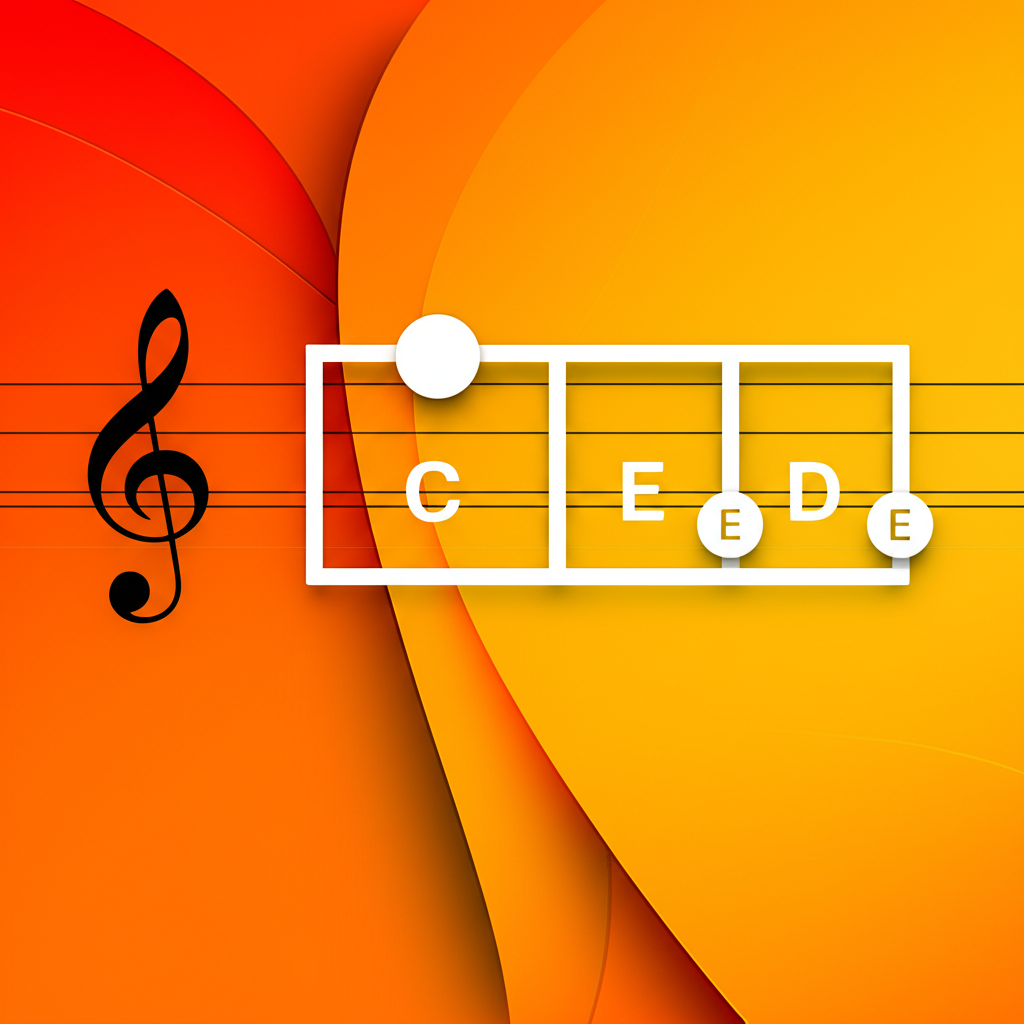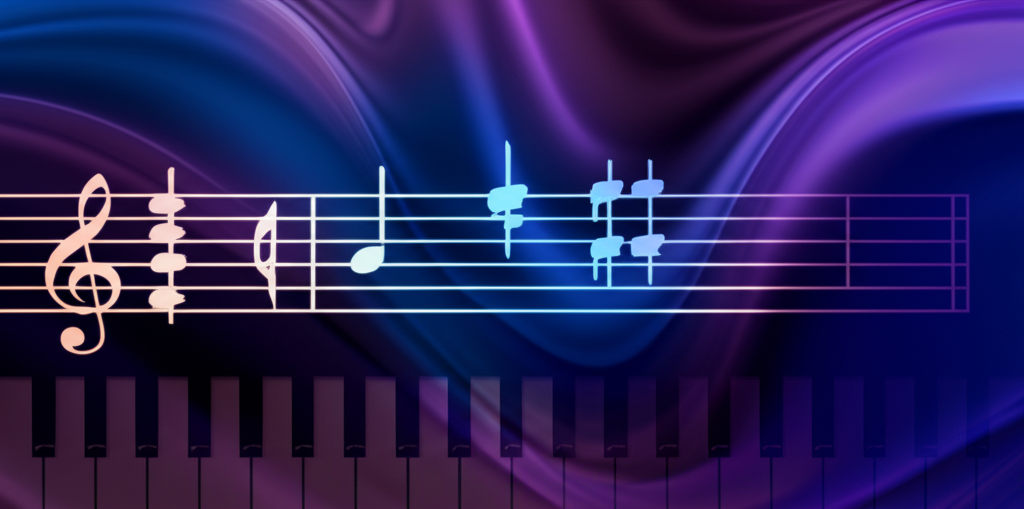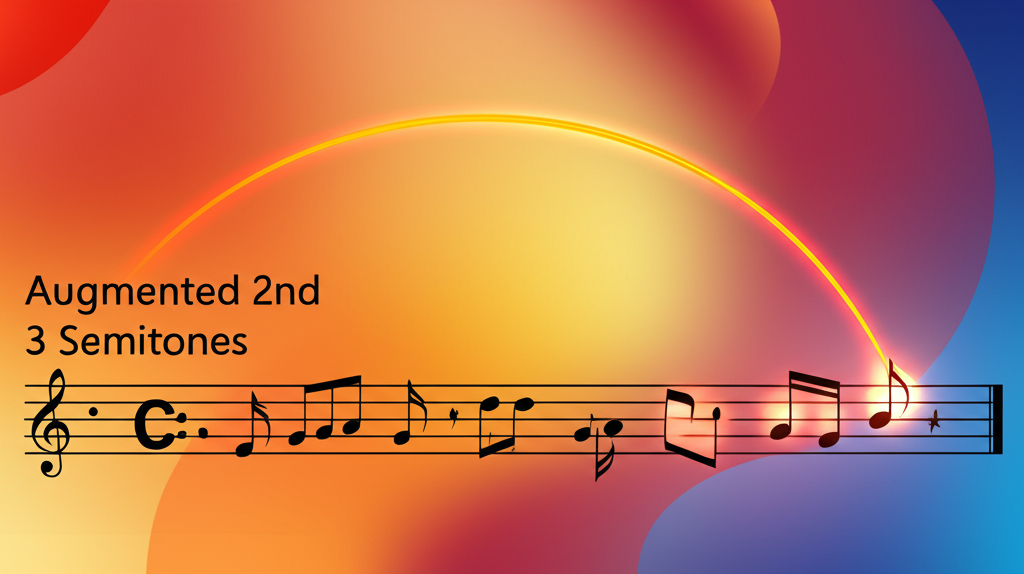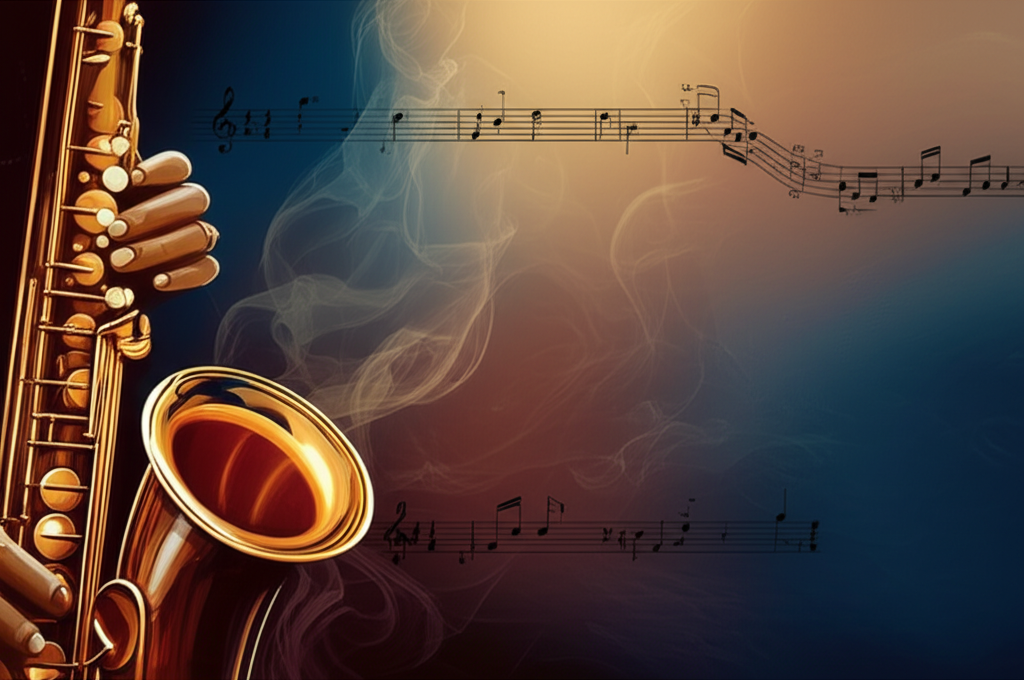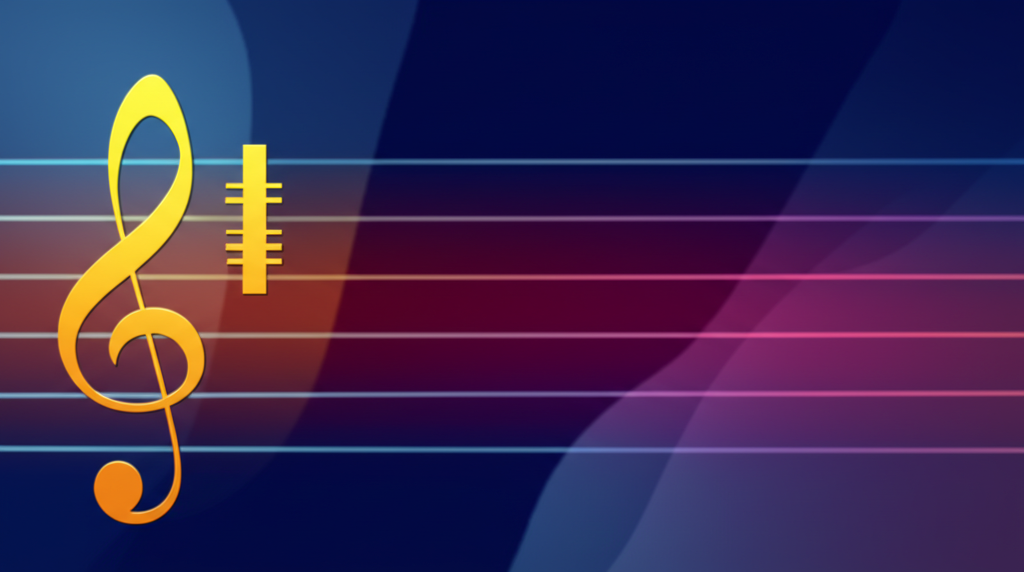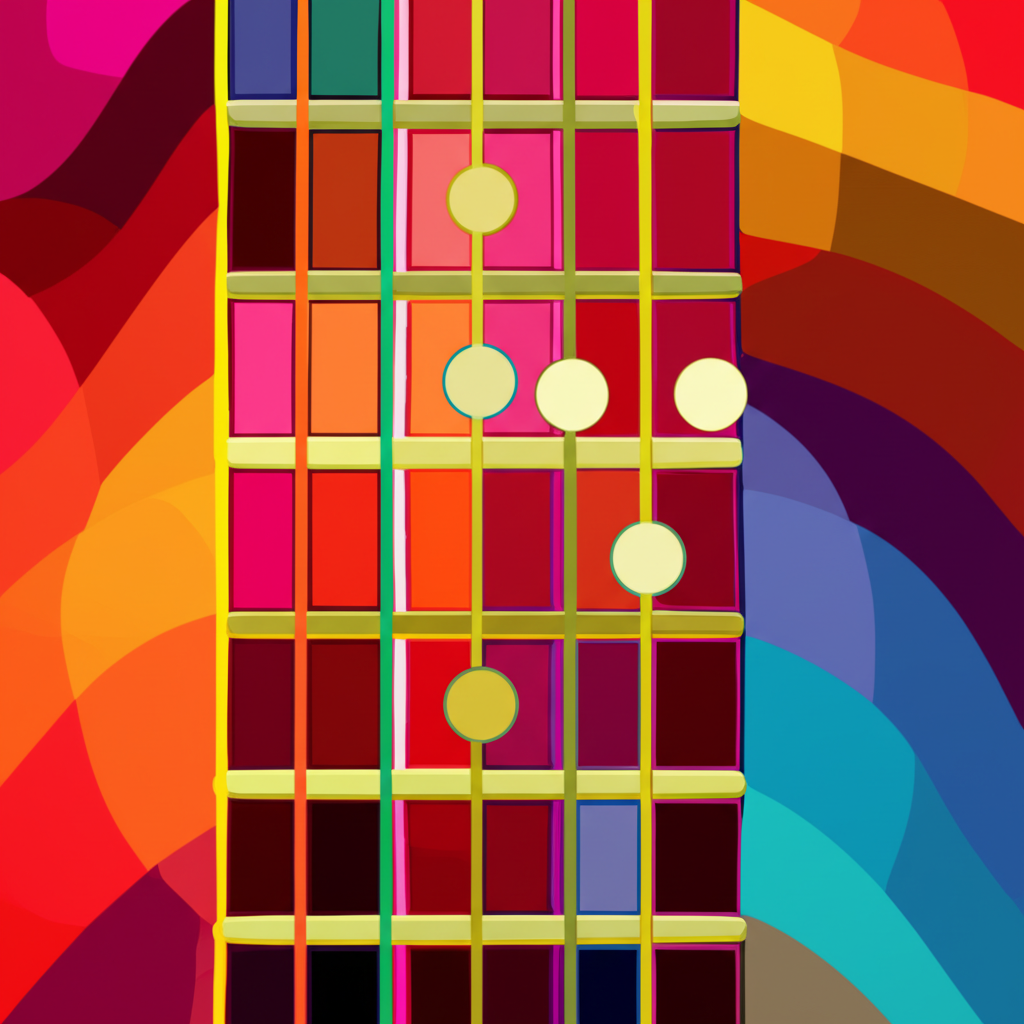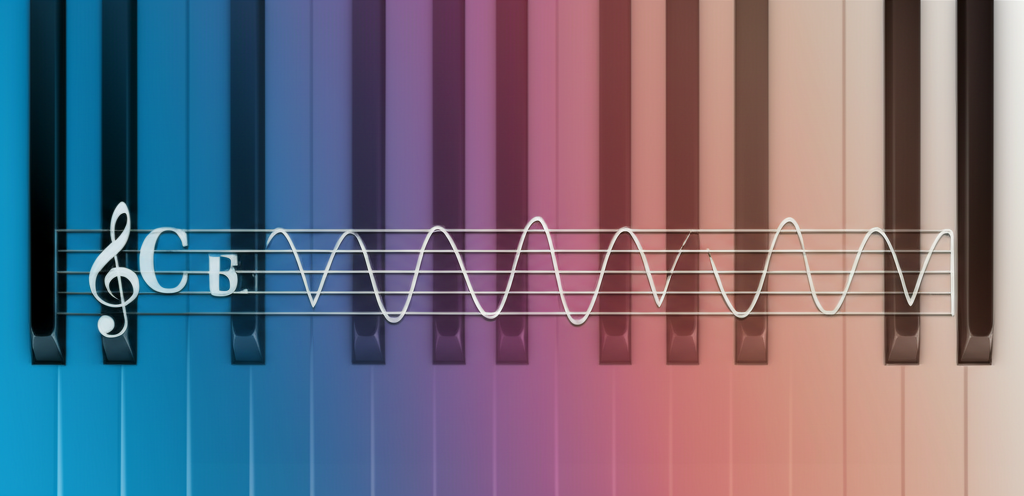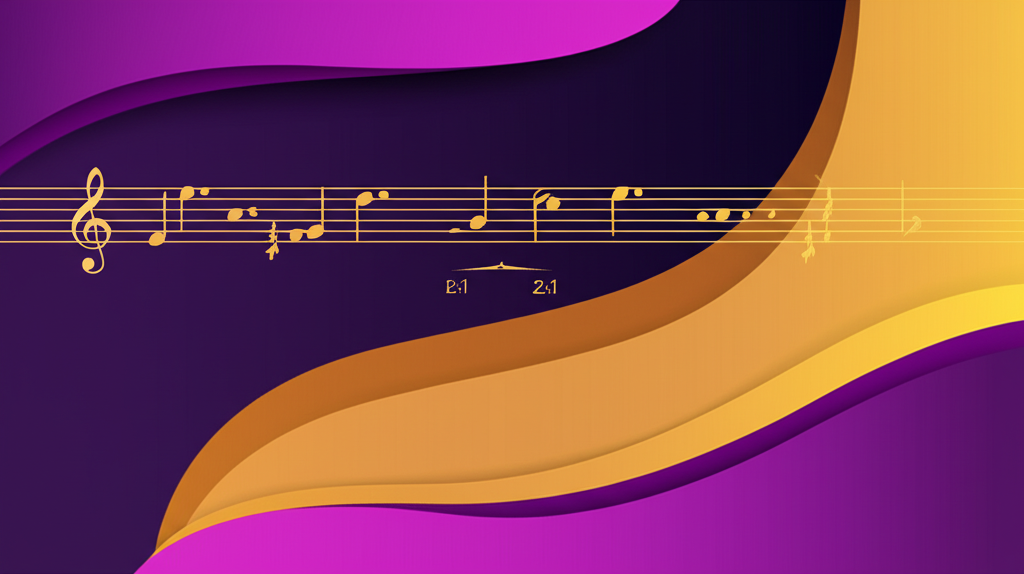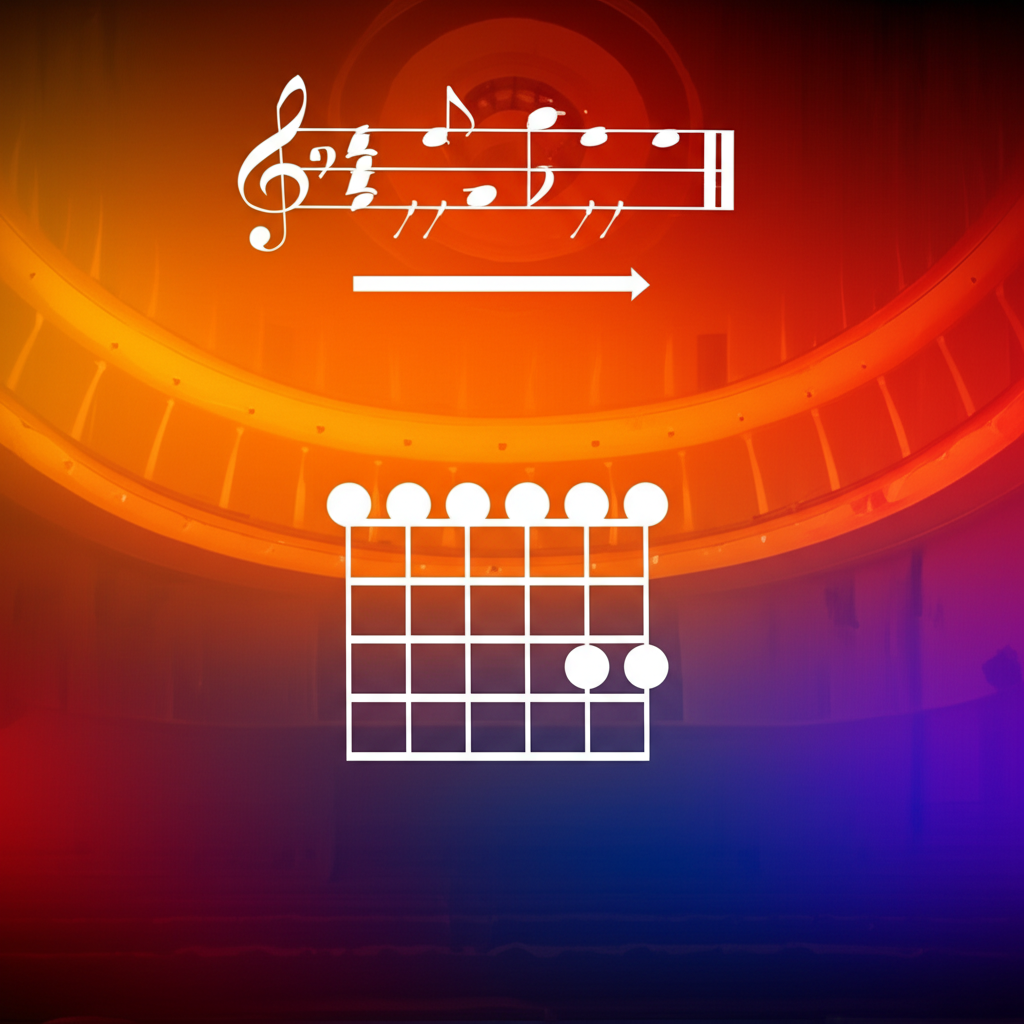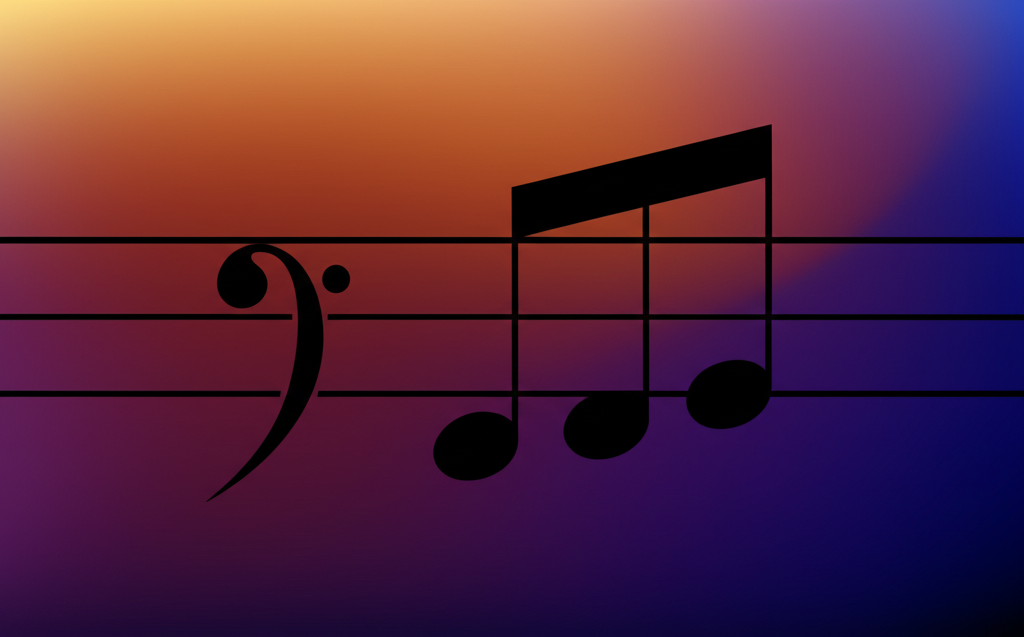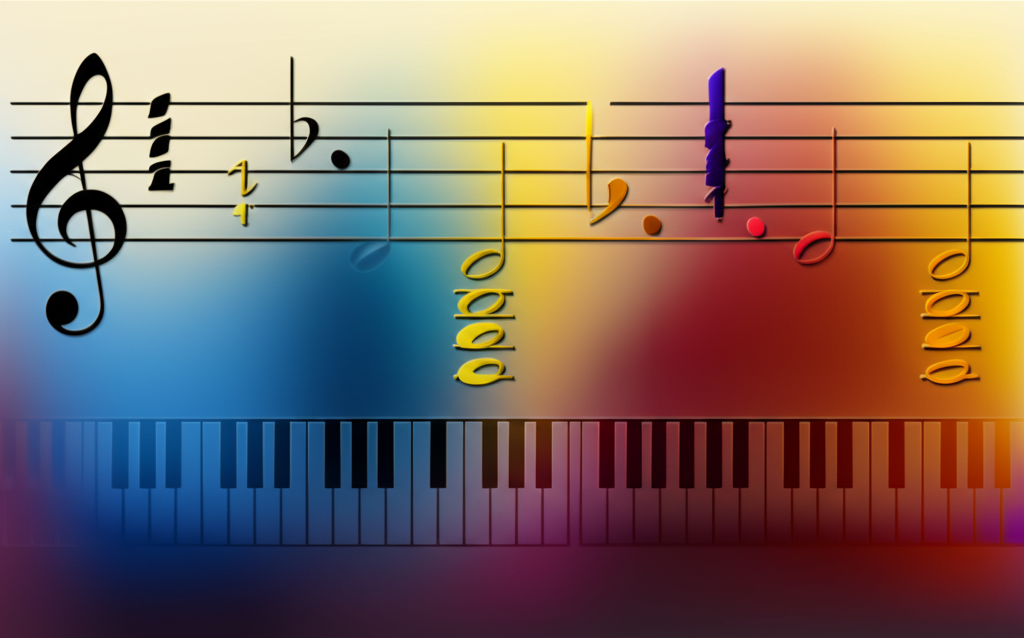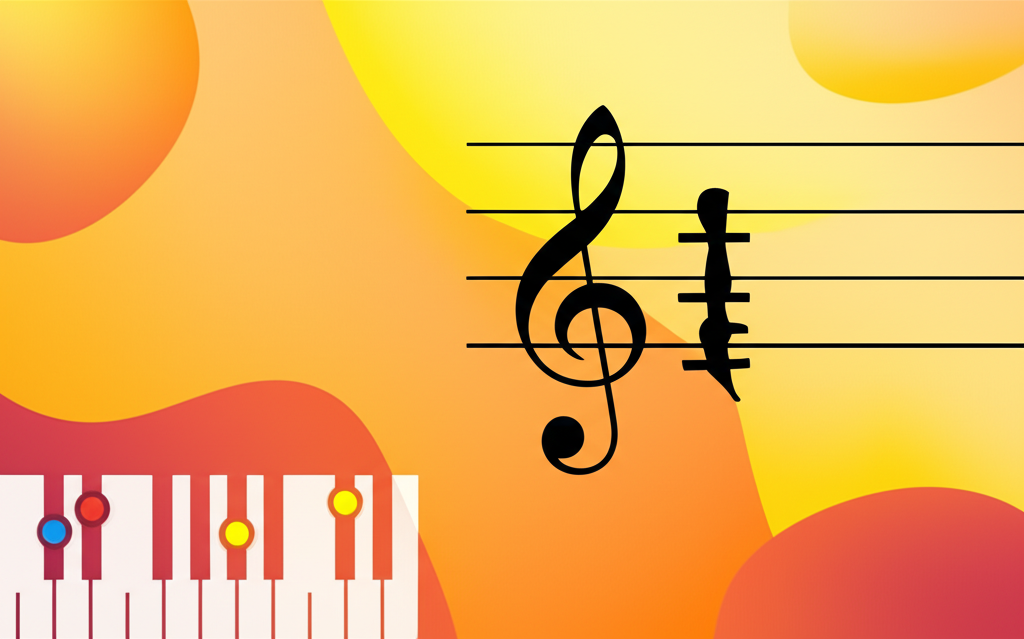
Unlocking Symmetrical Sounds: A Deep Dive into the Whole-Half Diminished Scale (Synthetic Scale 1)

b4n1
June 14, 2025, 7:04 p.m.
Unlocking Symmetrical Sounds: A Deep Dive into the Whole-Half Diminished Scale (Synthetic Scale 1)
Summary:
This article explores the Whole-Half Diminished Scale, also known as Synthetic Scale 1 or the Octatonic Scale. We will break down its unique symmetrical structure, explore its theoretical foundations, and provide practical examples of how this versatile scale is used in jazz improvisation and classical composition to create tension, color, and sophisticated harmonies.
Keywords:
Whole-Half Diminished, Synthetic Scale 1, Octatonic Scale, Music Theory, Jazz Improvisation, Symmetrical Scales, Harmony, Modes of Limited Transposition, Music Education, Scales
Introduction:
Beyond the familiar major and minor scales lies a world of exotic and compelling sounds. One of the most fascinating is a symmetrical, eight-note scale known by several names: the Whole-Half Diminished Scale, the Octatonic Scale, or, as we'll explore, Synthetic Scale 1. This scale doesn't belong to a traditional key center in the way a major scale does. Instead, it offers a palette of tense, mysterious, and highly colorful notes perfect for modern composers and improvisers looking to add a touch of sophistication and intrigue to their music.
Definition and Classification:
The Whole-Half Diminished Scale is an octatonic scale, meaning it is comprised of eight notes. Its name describes its construction: a repeating pattern of a whole step followed by a half step. This consistent interval pattern makes it a symmetrical scale.
The structure is: Whole - Half - Whole - Half - Whole - Half - Whole - Half.
For example, a C Whole-Half Diminished Scale contains the notes: C - D - Eb - F - F# - G# - A - B.
There are two primary forms of the diminished scale:
1. The Whole-Half Diminished Scale: (W-H-W-H-W-H-W-H) Often used over diminished 7th chords. It's also referred to as the "auxiliary diminished scale" in some jazz contexts.
2. The Half-Whole Diminished Scale: (H-W-H-W-H-W-H-W) This is the other mode of the scale. It's frequently used for improvising over dominant 7th chords with alterations like a flat 9 (b9) and a sharp 9 (#9).
Examples:
Example in ABC Notation:
Here is the C Whole-Half Diminished Scale, ascending and descending. Notice the repeating pattern of whole and half steps. The scale contains two interlocking diminished 7th chords: C-Eb-F#-A and D-F-G#-B.
Practical Applications:
The Whole-Half Diminished scale is a powerful tool in an improviser's toolkit, especially in jazz. Because it contains two diminished 7th chords a whole step apart, it fits perfectly over a diminished 7th chord. For example, you can play a C Whole-Half Diminished scale over a Cdim7, Ebdim7, F#dim7, or Adim7 chord, as the scale contains all notes of those chords.
Jazz giants like John Coltrane, Chick Corea, and Michael Brecker have famously used diminished scales to create long, complex lines that weave in and out of the underlying harmony. In classical music, this scale is a hallmark of 20th-century composers. Its symmetrical nature allowed them to break away from traditional tonality and explore new harmonic landscapes. You can hear its distinct sound in the works of Stravinsky, Bartók, and Messiaen.
Historical Figures:
While used by 19th-century Russian composers like Nikolai Rimsky-Korsakov (in his opera "The Golden Cockerel"), the octatonic scale was most famously systemized by the 20th-century French composer Olivier Messiaen. In his treatise "The Technique of my Musical Language," Messiaen cataloged a series of "modes of limited transposition"—scales that can only be transposed a few times before they repeat their pitch content. The diminished scale is his "Mode 2." Messiaen saw these modes as possessing a unique "charm of impossibilities" and used their distinct colors to compose music of profound spiritual and emotional depth.
Fun Facts:
One of the most mind-bending properties of the diminished scale is its limited transposition. Due to its perfect symmetry, there are only three unique Whole-Half Diminished scales in all of music! Every other version is just a transposition that shares the exact same set of notes. The three distinct scales are:
1. Starting on C: C, D, Eb, F, F#, G#, A, B
2. Starting on C#: C#, D#, E, F#, G, A, A#, C
3. Starting on D: D, E, F, G, G#, A#, B, C#
If you try to build a scale starting on Eb, you'll find it has the same notes as the one starting on C. This property makes it both easy to learn and harmonically powerful.
Conclusions:
The Whole-Half Diminished Scale (or Synthetic Scale 1) is far more than a technical exercise; it's a gateway to a new world of harmonic color. Its symmetrical eight-note structure, historical roots in both classical and jazz music, and its practical application for creating tension and release make it an essential concept for any serious musician. By understanding its W-H pattern and its relationship to diminished chords, you can begin to unlock its expressive potential. Why not try improvising with it over a backing track? You might be surprised by the sophisticated sounds you can create.
References:
Levine, M. (1995). The Jazz Theory Book. Sher Music Co.
Messiaen, O. (1956). The Technique of my Musical Language. Alphonse Leduc.
Persichetti, V. (1961). Twentieth-Century Harmony: Creative Aspects and Practice. W. W. Norton & Company.



